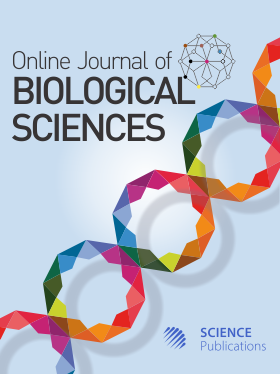Development and Evaluation of Acaricidal Soap Formulated from Azadirachta indica (Neem) and Carica Papaya (Papaya) Leaf Extracts Using Bio-Assay Guided Approach
- 1 College of Health Sciences, University of Northern Philippines, Vigan City, Philippines
Abstract
The environment, human health, and animals are all at risk as a result of the pervasive use of chemical-based products to control ticks and lice in animals, mostly dogs. This investigation was designed to assess the efficacy and physicochemical properties of an acaricidal soap for canines that was formulated using Azadirachta indica and Carica papaya leaf extracts. The soap was intended to be effective against Rhipicephalus sanguineus (dog ticks). Following an experimental design, the investigation was consistent with Sustainable Development Goal #9 on Industry, Innovation, and Infrastructure. Assessing the acaricidal activity of the extracts, developing the detergent, evaluating its physicochemical characteristics, and determining its median Lethal Dose (LD50) were all components of the process. While soap development took place at the University of Northern Philippines, other experiments were carried out at a reference laboratory. The final concentration of the soap was 20 mg/g, achieved by combining 13 mL of extracts (100 mg/mL each) with 65 g of soap constituents. The soap had a greenish-brown color, a smooth texture, a light, pleasant smell, and a pH of 7.9. There was a 14.2 cm height of foam, a 5.2 cm of foam retention, 20% moisture content, 29% total fatty matter, and 0.20% of alkali content. The soap exhibited an earlier onset of acaricidal activity (7–9 hours) compared to a commercial herbal soap (10-12 hours), and both soaps achieve 100% tick mortality within 15 hours. The combined extract's LD50 was 2,933 mg/g body weight. The soap that has been developed is safe, efficacious, and has the potential for further refinement and commercial development.
DOI: https://doi.org/10.3844/ojbsci.2025.833.843

- 57 Views
- 7 Downloads
- 0 Citations
Download
Keywords
- Lethal Dose 50 (LD50)
- Total Alkali Content
- Foaming Index
- Moisture Content
- Sustainable Development Goal 9
